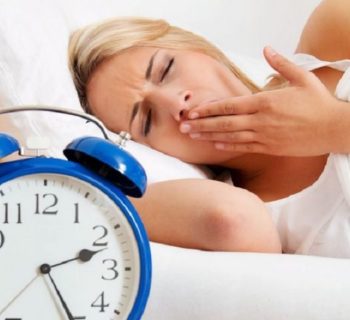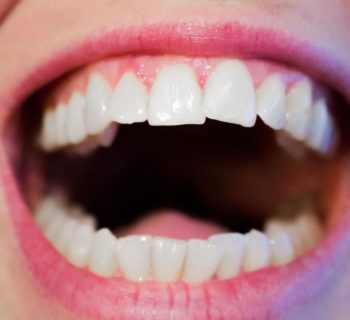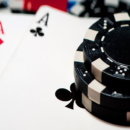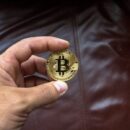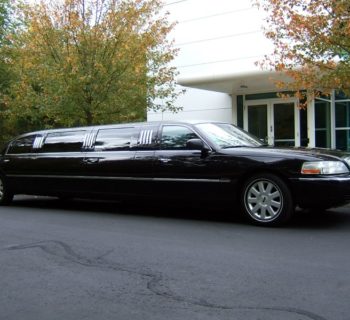A condition in which veins beneath the skin or also known as subcutaneous veins are distended, dilated, elongated, and tortuous is known as a varicose vein. A varicose vein has a diameter of 3mm or greater. A varicose vein is categorized as chronic venous diseases of the lower limbs. 10% to 30% of the general population suffer from varicose vein. Great saphenous veins, the branches of saphenous veins, and other superficial veins of the leg are usually the veins affected. The types of varicose veins are classified into three groups. They are the primary causes, the secondary causes, and the congenital causes.
The example of primary causes for varicose veins is a primary venous disease. Previous deep vein thrombosis is the secondary cause of varicose veins. The example of congenital cause is Klippel-Trenaunay syndrome. Other chronic venous diseases other than varicose veins are:
- Telangiectasia
- Reticular vein
- Venous ulcer
Incompetent valves within the veins are the main issue in varicose veins. Many reasons like inflammation and prolong venous hypertension that causes such damage. The risk factors of varicose veins are:
- Female
- Old age
- Family history of varicose veins
- Female which gave birth to many children
- Prolonged standing
The symptoms of varicose veins are:
- Leg pain
- Calf pain
- Leg swelling
- Calf or leg heaviness
Some patients may also be asymptomatic. Detail history taking, investigations, and physical examination are necessary for a doctor to confirm a diagnosis of varicose veins. Investigations are important to obtain evidence to confirm the diagnosis of varicose veins. The right diagnosis will ensure that you will get the right treatment. A recovery is expected with the right treatment. On the other hand, misdiagnosis will result in the wrong treatment and recovery will not happen.
Duplex ultrasound is a common investigation done. Duplex ultrasound is good and sensitive to detect the phenomenon that happened in varicose veins. Varicose veins can be mistaken with other conditions which are also classified as lower extremity chronic venous diseases like reticular veins and telangiectasias. Leg elevation, leg exercise, compression therapy, and veins ablation therapy are an example of effective treatments. Venous ablation therapy alone is usually good enough to cure varicose veins. If treated early, the prognosis is usually good.
The possible complications are:
- Venous ulceration
- Superficial thrombophlebitis
- Skin changes
Essential oils help reduce symptoms of varicose veins. Essential oils are products from plants, herbs, and flowers. The oils which widely used are:
- Sea pine essential oil
- Lavender essential oil
- Horse chestnut essential oil
- Yarrow essential oil
- Grapevine essential oil
Lavender contains serotonin and Gamma Amino Butyric Acid (GABA). Both serotonin and GABA can relieve pain. The lavender oil is also effective to minimize the size of a leg ulcer. Seapine and horse chestnut oils are effective in reducing leg swelling, pain, and itchiness due to varicose veins. Yarrow and grapevine oils are effective in minimizing the severity of symptoms. Certain types of varicose veins have different treatment compared to others. Whatever it is, come and see a certified doctor for further medical assessment and treatment.





